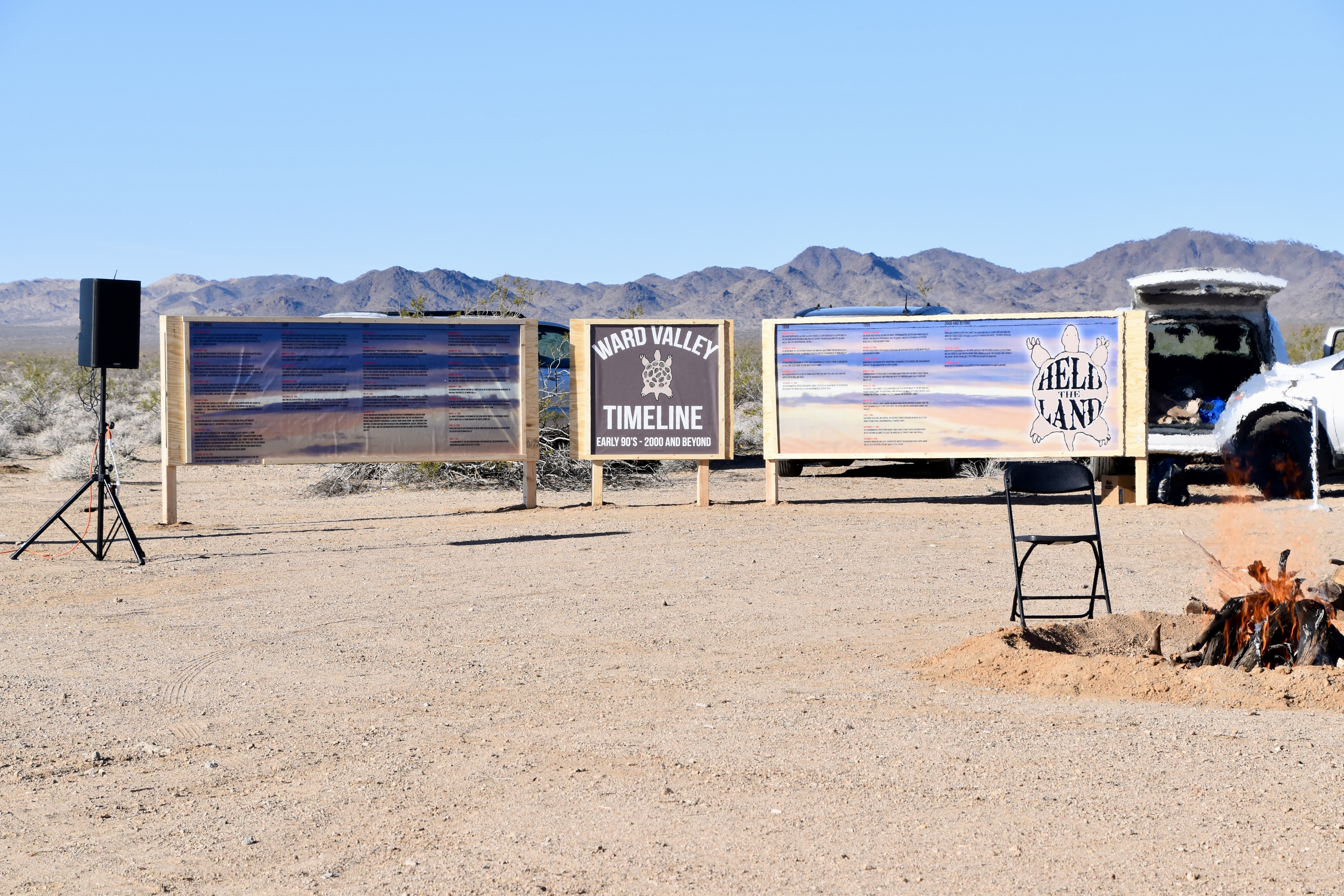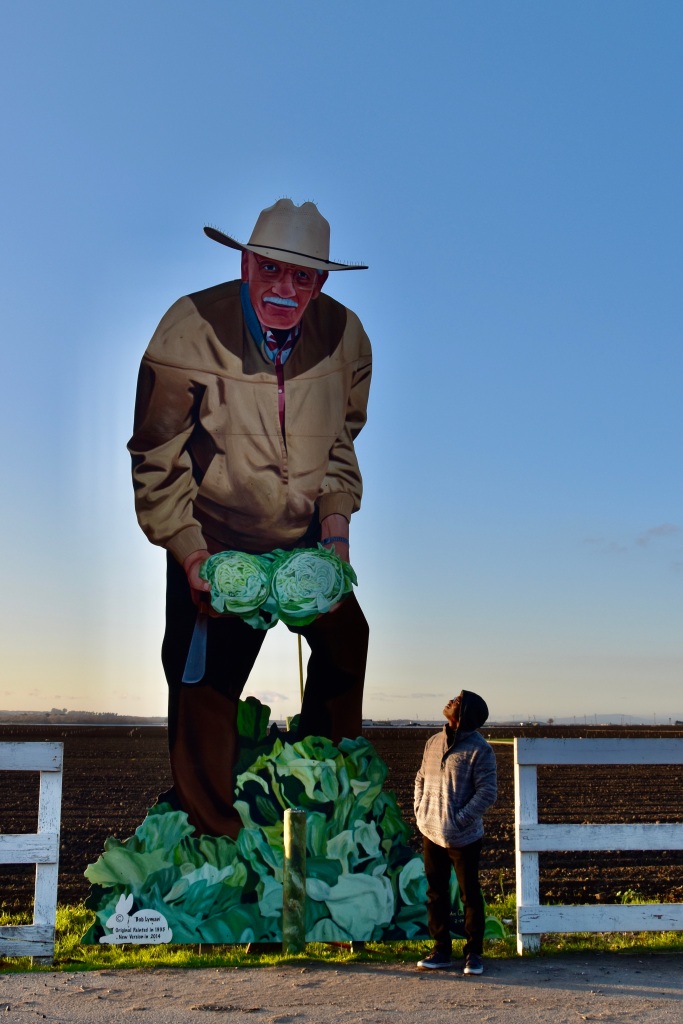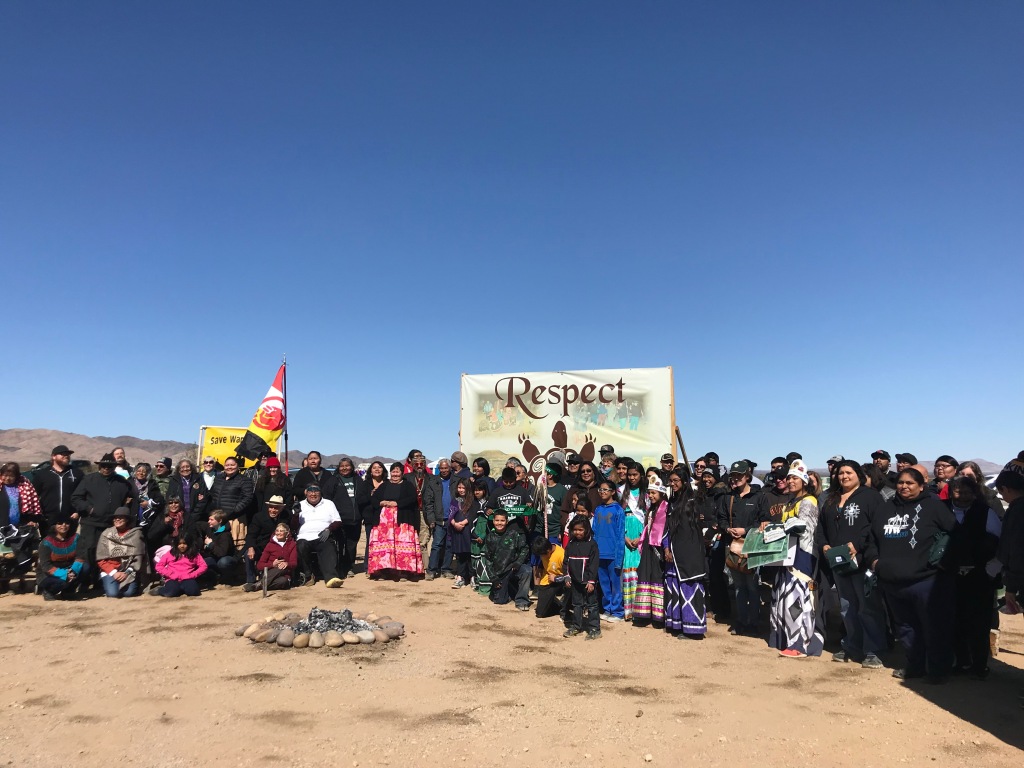I’m pleased to share a new paper I co-authored with Howard University alumni Sophia Hussein, Mariam Trent, and Lundyn Davis. The paper describes a 2018 course assignment in which we contributed to Wikipedia through the programming offered by Wiki Education. We use paper to describe the assignment for others, and also to offer observations on Wikipedia itself. The paper takes advantage of delay between the course assignment and publication to describe not only the students’ contributions 2018 to Wikipedia, but also what happened to their writing after five years of editing by other Wikipedia editors. I’ve pasted the abstract below, and you can read the entire article here.
I’ve been running Wikipedia assignments since 2017, and continue to find them valuable pedagogical tools. While the assignment described in this paper mostly had the students adding and editing text on Wikipedia, in the last few years I’ve also started to have the students focus more on adding pictures to Wikipedia articles. I had a chance to share some of the image-based work with the ASU Digital Humanities network at a coffee-hour event yesterday, and look forward to writing about it in the future.
I’ve run the assignment in my Food/Agriculture/Justice and Environment/Justice classes in Sociology as well as Justice Studies, at both Howard University and Arizona State. For those of you interested in learning more about running Wikipedia assignments in your classroom, consider attending one of Wiki Education’s regular introductory webinars.

Wikipedia and the Outsider Within: Black Feminism and Social Inequality in Knowledge Sharing
By Tracy Perkins, Sophia Hussein and Lundyn Davis. In Civic Sociology.
This paper examines the politics of knowledge on Wikipedia through a Black feminist lens, with particular attention to Patricia Hill Collins’s concept of Black women as “the outsider within” in intellectual spaces. We present an assignment in which a class of predominantly Black, female undergraduate students were tasked with analyzing and then improving content on Wikipedia. Wikipedia strives to be unbiased through a transparent writing and editing process that draws on reliable, published sources. These protocols regularly help catch and fix hoaxes and content vandalism. Nonetheless, we build on existing scholarship to show that Wikipedia has other kinds of biases that result in racist and sexist knowledge gaps, euphemisms, stereotypes, and misrepresentation. These problems are a result of (1) the personal experiences and opinions of Wikipedia editors, who are predominantly white and male; (2) the requirement for subjects to be deemed “noteworthy” through citing multiple sources that meet Wikipedia’s standards of reliability; and (3) gatekeeping practices by the existing editors. As a result, we argue that Wikipedia can not only extend but also exacerbate pro–white male biases present in the source materials that Wikipedia draws on. We note the potential for more diverse editors to improve Wikipedia content, but we also offer cautionary observations on this strategy. Last, we suggest that college instructors can teach students to better understand racialized and gendered knowledge processes through assignments to contribute to Wikipedia that are paired with supportive readings.








